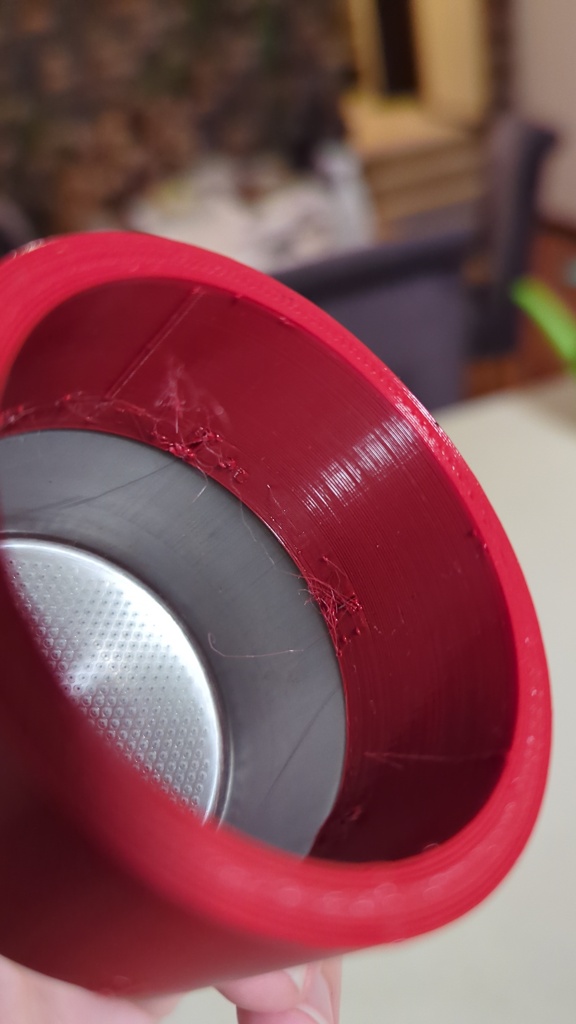3DPrinting
3DPrinting is a place where makers of all skill levels and walks of life can learn about and discuss 3D printing and development of 3D printed parts and devices.
The r/functionalprint community is now located at: !functionalprint@kbin.social or !functionalprint@fedia.io
There are CAD communities available at: !cad@lemmy.world or !freecad@lemmy.ml
Rules
-
No bigotry - including racism, sexism, ableism, homophobia, transphobia, or xenophobia. Code of Conduct.
-
Be respectful, especially when disagreeing. Everyone should feel welcome here.
-
No porn (NSFW prints are acceptable but must be marked NSFW)
-
No Ads / Spamming / Guerrilla Marketing
-
Do not create links to reddit
-
If you see an issue please flag it
-
No guns
-
No injury gore posts
If you need an easy way to host pictures, https://catbox.moe/ may be an option. Be ethical about what you post and donate if you are able or use this a lot. It is just an individual hosting content, not a company. The image embedding syntax for Lemmy is 
Moderation policy: Light, mostly invisible
view the rest of the comments


Please keep in mind that you need to seal that print before you use it with food. Because of the layers, there’s are a ton of places for dirt and bacteria to hide that are impossible to clean. Additionally, depending on what kind of nozzle you used, heavy metals can end up in your print which you don’t want to then leech into your coffee. General advice is to just not use 3d prints first good, but if you really want to you should coat them in a food safe epoxy before using.
This is good advice.
On the bright side for OP, his part should (hopefully) only come into contact with dry coffee grounds so some of those concerns are lessened.
In other applications -- sealant or not -- I can only imagine pouring hot coffee over a PLA part would not be a recipe for success...
I don't imagine the microplastics are great either tbh.
Honestly, instead of all that, the general rule should be don't use 3d printed stuff with food, period. Cause everyones focused on what can leech into the plastic and cause nastiness, but no one focuses about what could leech out of the plastic. Especially in this era where every month theres some new recall of some product that has something terrible in it that shouldnt be there.
and even if you do manage to find and buy a filament that claims its food safe/food grade, your printer is not. The materials used in 3d printers are not food safe, the lubricants and greases are not food safe, the previous filaments that you've printed with and have left buildup isnt food safe, and theres probably a lot in the average printers hot end that is not food safe.. Not to mention the bed, and any adhesives you might use.
Its just not worth the risk to yourself or potential loved ones, So don't even try it in all honesty.
3d printers are great, fantastic even. Mines saved a lot of money by letting me design and build replacement parts and tools to do obscure jobs specific to the situation, and even some pretty nice gifts and other stuff. Its great at a lot of things.
but it will never be good for anything to do with human consumption. Don't let 3d printed materials touch your food, drinks, or be involved in prep areas.